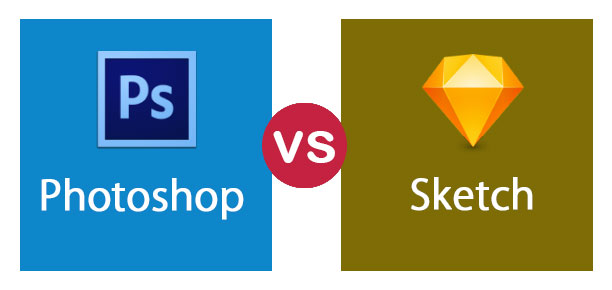
To exploit these graph structures, we are developing Graph Neural Networks (GNNs) based on the Transformer model. Another good way to visualize the behaviour of a function f(x,y) f ( x, y) is to sketch what are called its level curves. Thus, representing sketches with graphs offers a universal representation that can make use of both the sketch structure (like images) as well as temporal information (like stroke sequences). Often the reason you are interested in a surface in 3d is that it is the graph z f(x,y) z f ( x, y) of a function of two variables f(x,y). We assume that sketches are sets of curves and strokes, which are discretized by a set of points representing the graph nodes.Įach node encodes spatial, temporal and semantic information. We are working on a novel representation of free-hand sketches as sparsely-connected graphs.

temporal order: can we have the best of both worlds? Sketches as Graphs Recurrent Neural Networks (RNNs) stick out as a natural architecture for capturing this temporal nature of sketches. Sketches are usually an extremely sparse sequences of strokes which capture high-level abstractions and ideas.
#Graphsketcher vs sketch for mac#
The best Mac alternative is SciDaVis, which is both free and Open Source.If that doesn't suit you, our users have ranked more than 25 alternatives to GeoGebra and 15 are available for Mac so hopefully you can find a suitable replacement.


While CNNs are designed for static collections of pixels with dense colors and textures, There are many alternatives to GeoGebra for Mac if you are looking for a replacement. If we consider sketches as 2D images, we can throw them into off-the-shelf Convolutional Neural Networks (CNNs). Human beings have been creating free-hand sketches, i.e., drawings without precise instruments, since time immemorial.ĭue to the popularity of touchscreen interfaces, machine learning using sketches has emerged as an interesting problem with a myriad of applications:


 0 kommentar(er)
0 kommentar(er)
